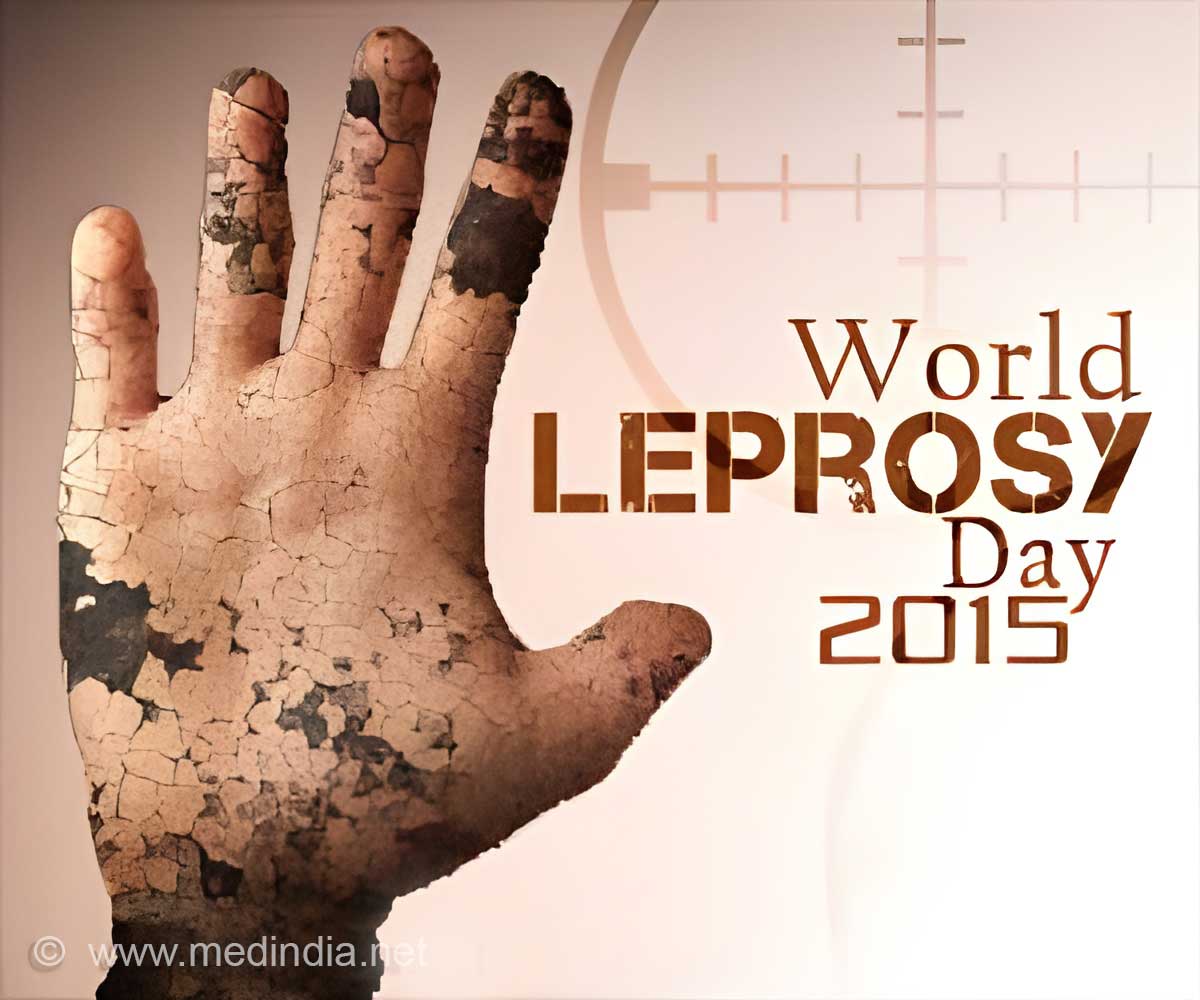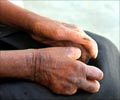World Leprosy Day (WLD) is observed on the last Sunday of January each year. This year it is Sunday, 25th January 2015.

This day is being observed from the past 60 years in order to create and spread awareness of leprosy keeping with the objectives conceived by Raoul Follereau. The idea of a special day to mark leprosy is to make people aware of a disease that is thought to be extinct.
Objectives of World Leprosy Day
In 2013, 215,656 people were diagnosed with leprosy. There are millions who also go undiagnosed. According to the WHO statistics, there are 3 million people worldwide who are disabled as a result of late diagnosis and treatment. According to the Leprosy Mission Trust India (http://www.tlmindia.org/), 55% of leprosy cases are in India and there were 127, 000 new cases reported between 2010-11. Leprosy affects the poor and marginalized communities who lack access to adequate sanitation, healthcare and clean living spaces.Given the statistics of leprosy, it is necessary to disseminate the right information about the disease and treatment available for a cure.
Objectives
1. WLD’s mission is to inform and educate the public and affected people on the facts of leprosy to reduce the stigma and facilitate inclusion of affected people in society.2. The idea of WLD is also to enable the voices of a forgotten group of people.
3. WLD also involves government programmes across health centers to facilitate free check-ups and provide regular and free treatment to affected people.
The World Health Organization (WHO) partners with governments across the world for a range of leprosy eradication programmes. The National Leprosy Eradication Programme (NLEP) is supported by the WHO in its various programmes to create awareness, provide treatment and rehabilitation and address issues of social and economic stigma.








